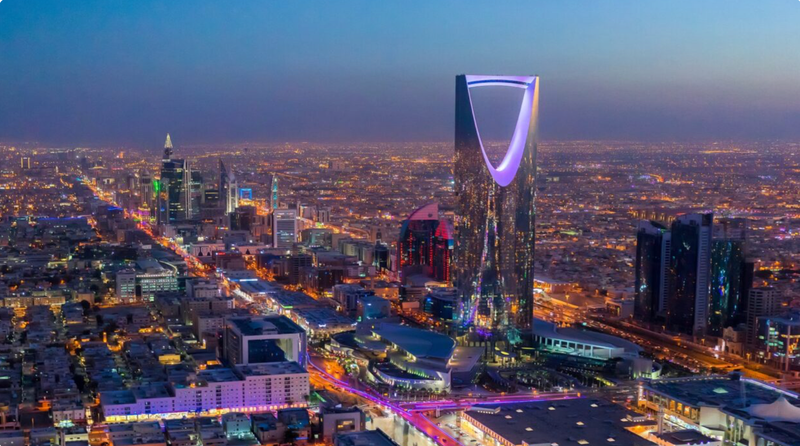Saudi Arabia Doubles UNESCO Heritage Sites: Al-Faw Joins Global Cultural Legacy
Saudi Arabia surpasses its Vision 2030 cultural target six years early by adding Al-Faw to the UNESCO World Heritage List, marking its eighth recognized site and reinforcing its global cultural leadership.
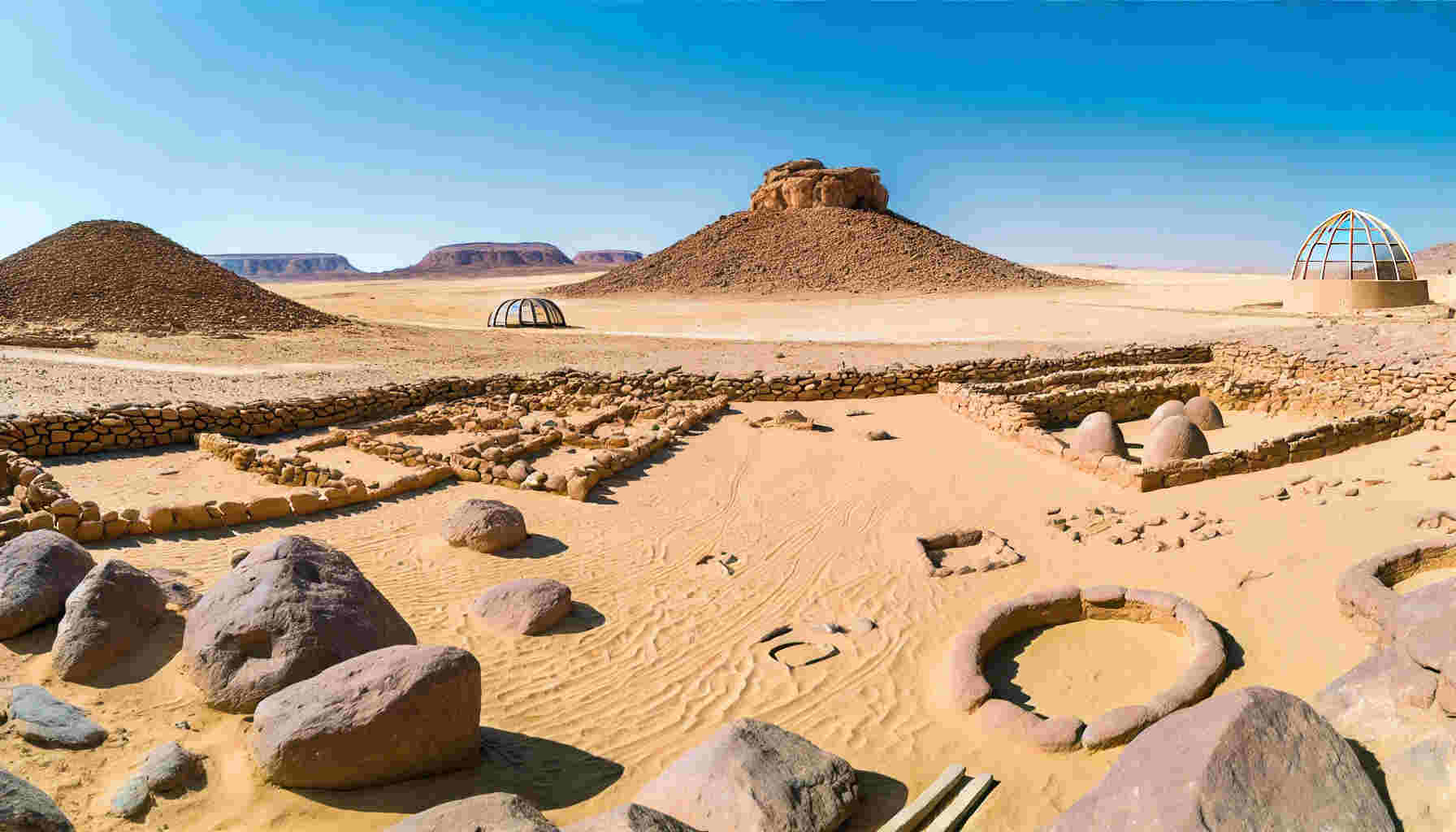
Al-Faw Archaeological Area becomes the Kingdom’s eighth World Heritage Site under Vision 2030
By The Vision News
Riyadh – May 1, 2025
Saudi Arabia has achieved a key Vision 2030 cultural objective six years ahead of schedule with the addition of the Cultural Landscape of Al-Faw Archaeological Area to the UNESCO World Heritage List. The inscription, announced during the 46th session of the World Heritage Committee in August 2024, marks the Kingdom’s eighth recognized site, doubling the number from 2016 and achieving the national heritage goal set under Vision 2030.
This milestone reflects the Kingdom’s expanding international cultural profile and a strategic commitment to heritage conservation, education, and tourism development.
Al-Faw: Capital of the Kindah Kingdom
Al-Faw, also known as Qaryat al-Faw, is located approximately 100 kilometers south of Wadi ad-Dawasir, at the edge of the Empty Quarter in Riyadh Province. Once a flourishing commercial and religious center, the city was the capital of the Kindah Kingdom between the 4th century BCE and the 4th century CE.
Key Features of Al-Faw:
- Residential complexes, a marketplace, and temples
- An advanced water management system engineered to support desert life
- Over 12,000 artifacts, including inscriptions in Ancient South Arabian script, statues, and funerary structures
According to UNESCO, Al-Faw exemplifies the cultural, architectural, and economic innovation of early Arabian civilization and its integration into ancient trade routes spanning southern Arabia to the Levant.
Recognition Backed by National Collaboration
The nomination and inscription of Al-Faw involved extensive coordination among key Saudi institutions:
- Ministry of Culture
- Heritage Commission
- Saudi National Commission for Education, Culture and Science (SNC)
- Royal Commission for Riyadh City
- International archaeological experts and universities
The effort included site documentation, restoration projects, and global cultural diplomacy, aligning with Saudi Arabia’s long-term strategy to position its heritage assets on the global stage.
“This achievement demonstrates Saudi Arabia’s cultural depth and our dedication to preserving it for the world,” the Heritage Commission said in a public statement.
UNESCO World Heritage Sites in Saudi Arabia
The Al-Faw listing brings the Kingdom’s total UNESCO-recognized heritage sites to eight:
- Al-Hijr Archaeological Site (Madâin Sâlih) – 2008
- At-Turaif District in ad-Dir’iyah – 2010
- Historic Jeddah, the Gate to Makkah – 2014
- Rock Art in the Hail Region – 2015
- Al-Ahsa Oasis – 2018
- Ḥimā Cultural Area – 2021
- ‘Uruq Bani Ma’arid Protected Area – 2023
- Cultural Landscape of Al-Faw – 2024
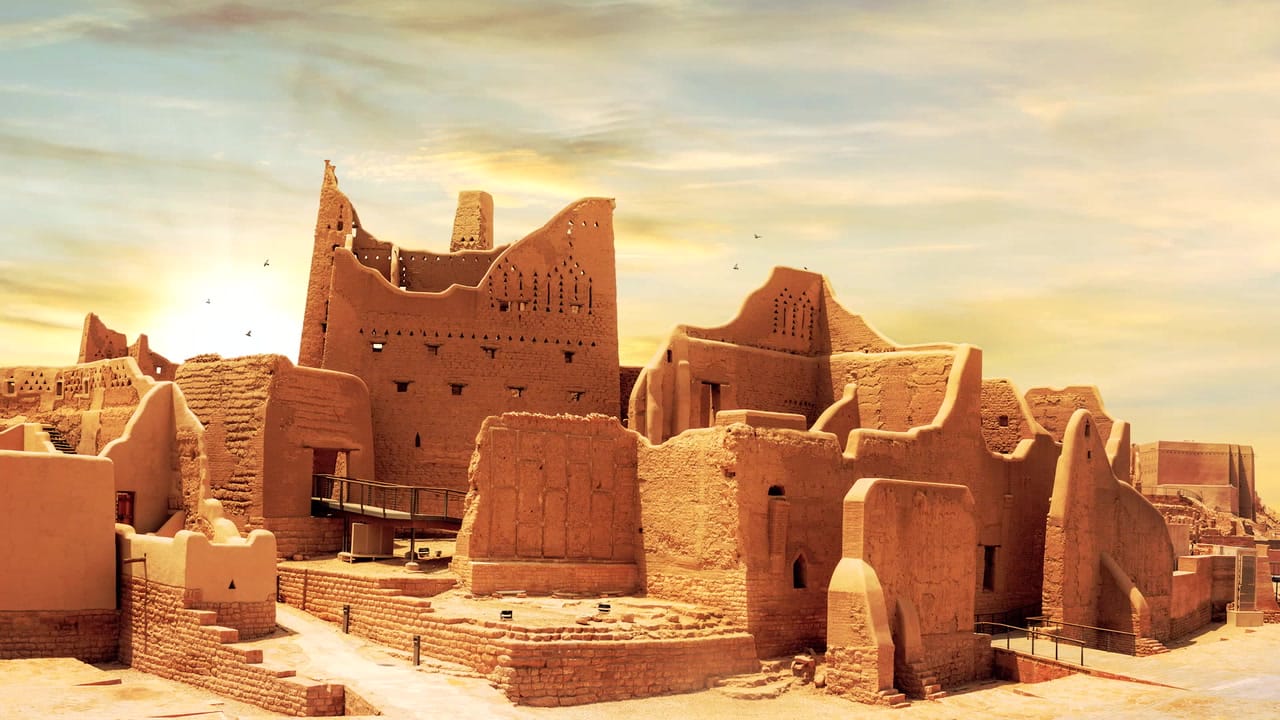
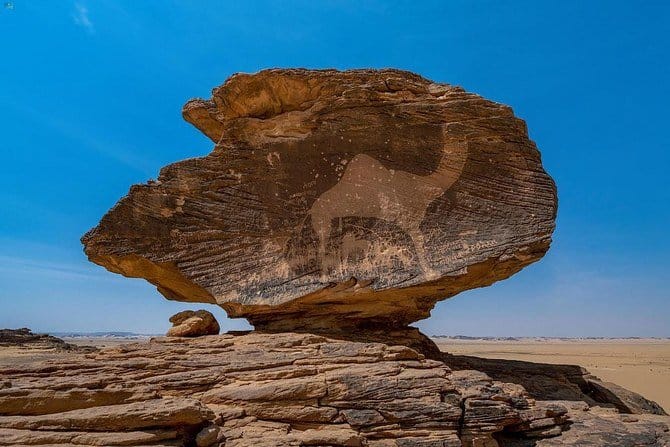
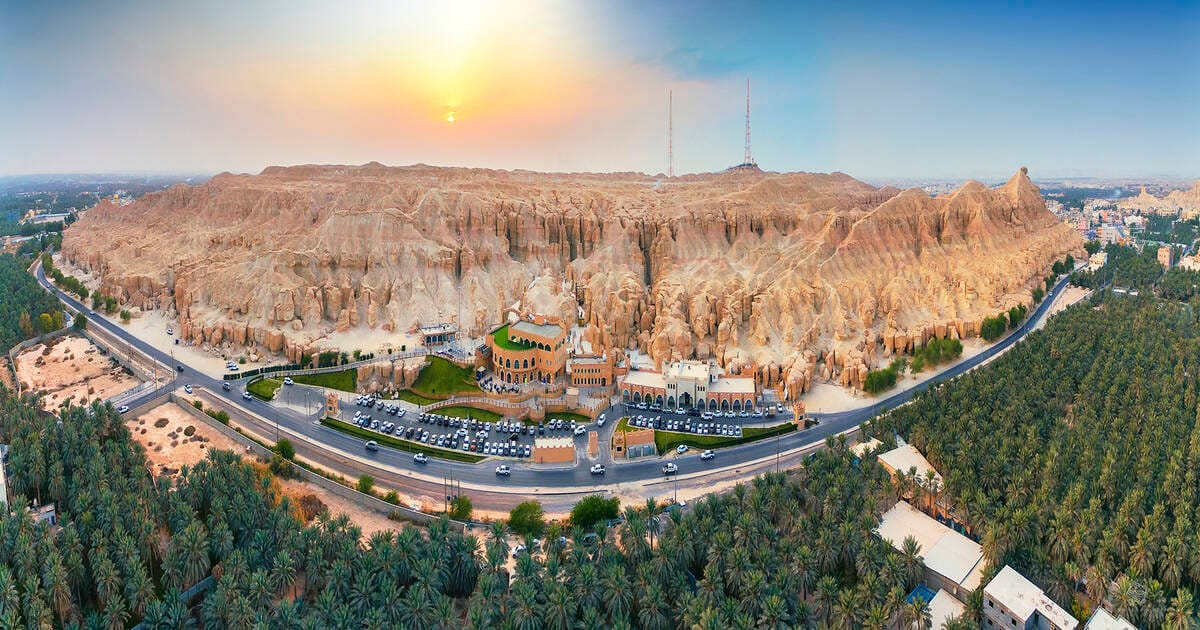
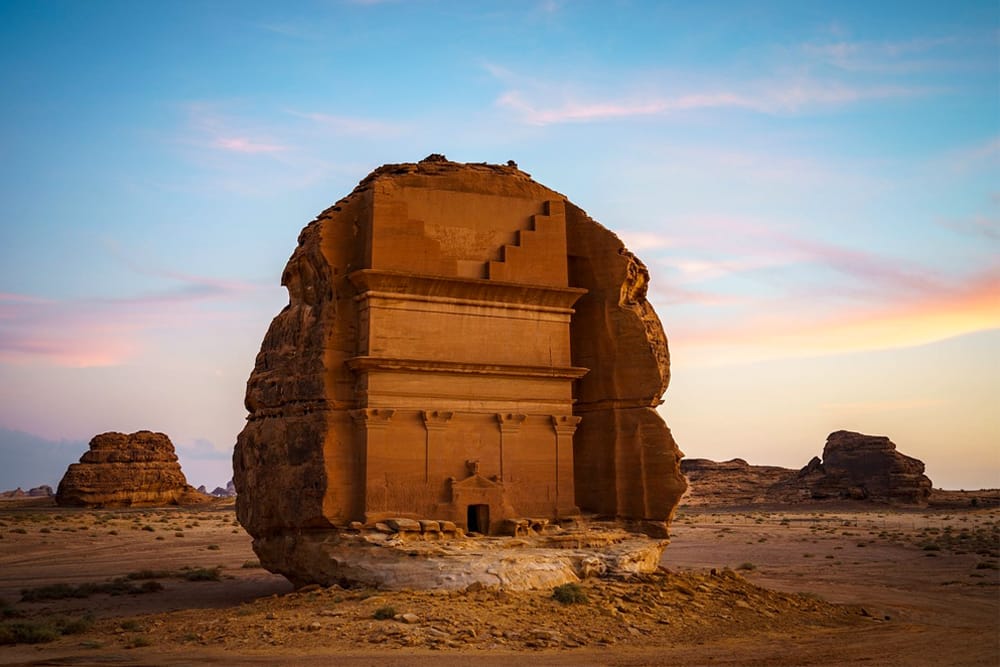
These sites span a rich and diverse range of heritage from prehistoric rock carvings and desert ecosystems to Islamic architecture and Nabataean tombs.
Cultural Tourism and Vision 2030
Heritage is a core pillar of Saudi Arabia’s Vision 2030, which aims to:
Vision 2030 Objectives:
- Diversify the national economy beyond oil
- Promote Saudi cultural identity globally
- Increase domestic and international tourism
In 2024, Saudi Arabia reported welcoming over 100 million visitors, surpassing its tourism goals. Many of these visits were linked to heritage, cultural festivals, and historical sites, underscoring the growing appeal of the Kingdom’s cultural sector.
Additional Cultural Achievements:
- Expansion of museums and heritage visitor centers
- Launch of archaeological education programs
- Restoration of sites across Najran, Tabuk, AlUla, and Diriyah
A Symbol of Progress and Identity
The early completion of the UNESCO goal signals more than just policy success—it reflects a revival of Saudi Arabia’s cultural identity in a global context. Officials have confirmed that more sites are under review for future UNESCO nominations, with ongoing excavations continuing in several provinces.
“Al-Faw is a window into Arabia’s past—and a bridge to its cultural future,” said Dr. Jasir Alherbish, CEO of the Heritage Commission.
Looking Forward
As Saudi Arabia prepares for the next phase of Vision 2030, its cultural strategy is poised to expand, combining preservation with innovation. The Kingdom’s commitment to sharing its story with the world through heritage and tourism remains at the heart of its global transformation narrative.
For more on Saudi Arabia’s heritage and Vision 2030 progress, visit:
🔗 vision2030.gov.sa
🔗 whc.unesco.org
Contact:
Editorial Desk – The Vision News
📩 pr@arbaaa.com


